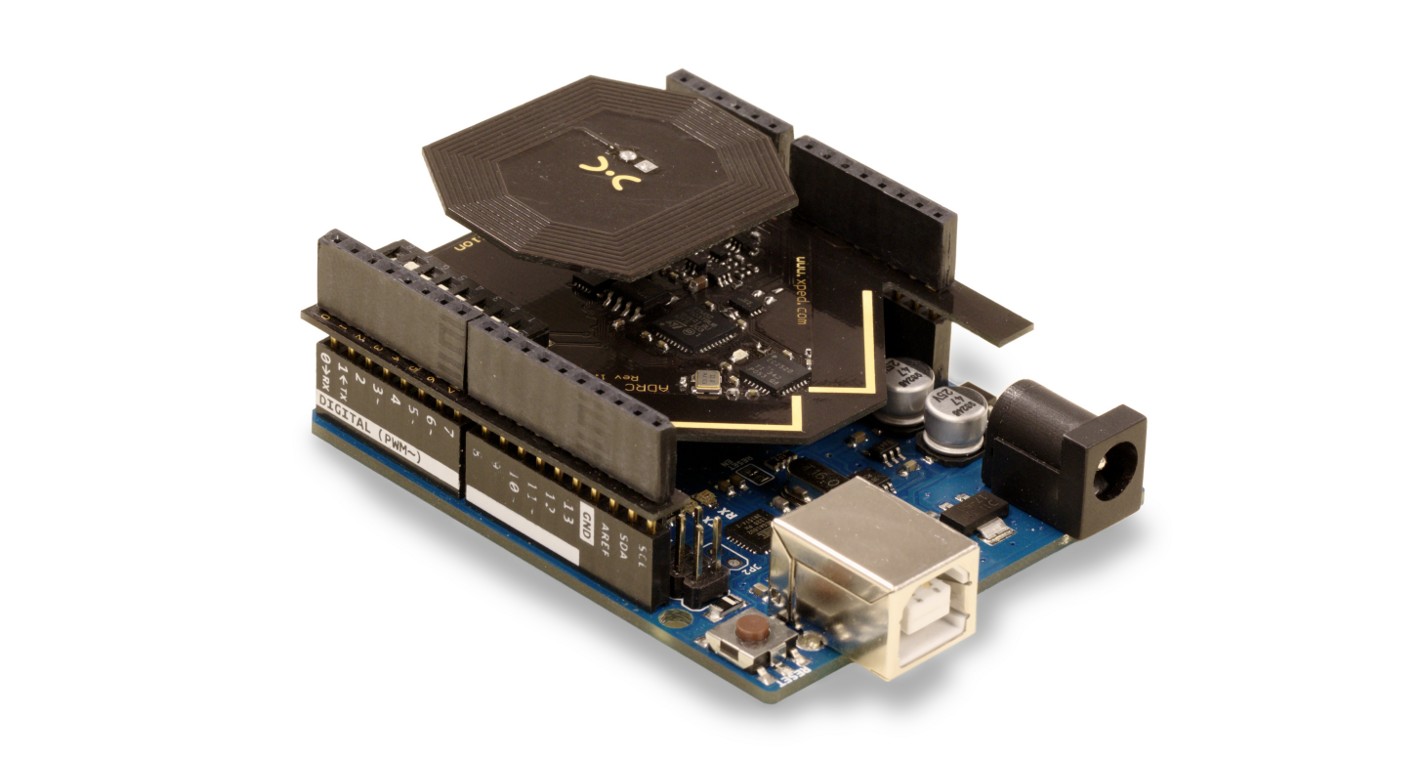The technology
Every technology that we have seen so far for remote control or for IoT has been based on device profiles, e.g. this is a TV or a temperature sensor.This means that the end user cannot simply produce a completely novel device and have it work with other devices in the system without going back to some industry consortium and arguing that this device category should be added to the standard.
Even within a well defined category of device such as a TV every manufacturer wants to include some differentiating features. With existing systems this was usually catered for by having 'proprietary' fields within a standard profile.
The problem with this approach is that nobody but the manufacturer knows what these extra features are or how to use them.
ADRC takes a radically different approach. Each device describes itself in detail in such a way that a user interface can be rendered or a machine control scheme can be easily constructed.
The shield
One of our first products to market will be an Arduino shield which makes ADRC available to hobbyists (and other developers).I have tried various wireless communication shields. Bluetooth, wifi etc. None that I have tried provide a complete end to end solution for either providing a user interface or machine to machine communication.
ADRC provides a method for describing a machine and its user interface. It also defines a protocol for 2 way synchronous and asynchronous communication.
Our library for arduino exposes all of this functionality to your code and handles all of the ADRC specific background work.
To use the library, you provide a description of the machine's inputs and outputs in an XML file and write handlers for the state changes in these I/Os.
Our hub enables your smartphone to talk to any number of ADRC shields as well as other products which are becoming available on xped.com and if your phone has NFC then pairing it with any ADRC device is a simple as tapping it to the xped logo.
The future
We have come up with many uses for ADRC which we hadn't even considered when we started and yet they have been easy to implement without modifying the core system.
We believe that ADRC can be used in many (most?) applications where communication with a machine is required and are actively seeking adopters who might be companies or individuals.
We believe that ADRC will herald the a new way of doing things: crowd design and manufacture. Where virtually anyone has the ability to innovate and create new things that can be manufactured and sold worldwide.
In the meantime we will continue to develop new products and applications, some of them pragmatic and some just for fun.
Keep watching this space for more.



